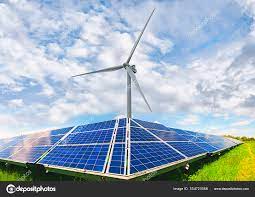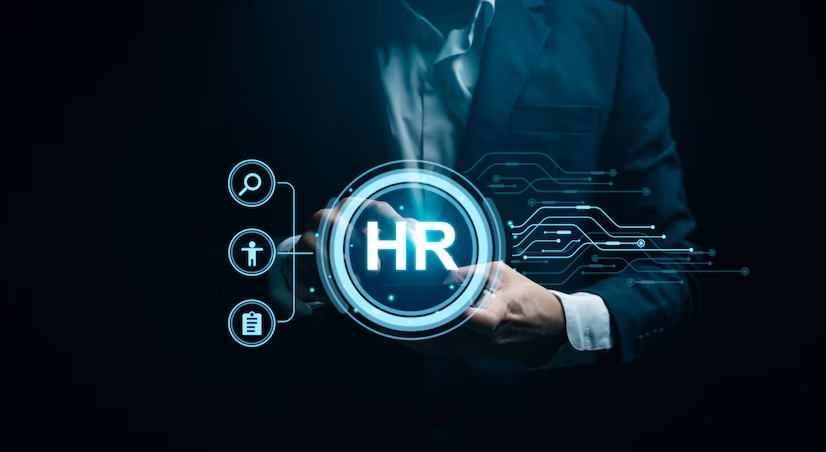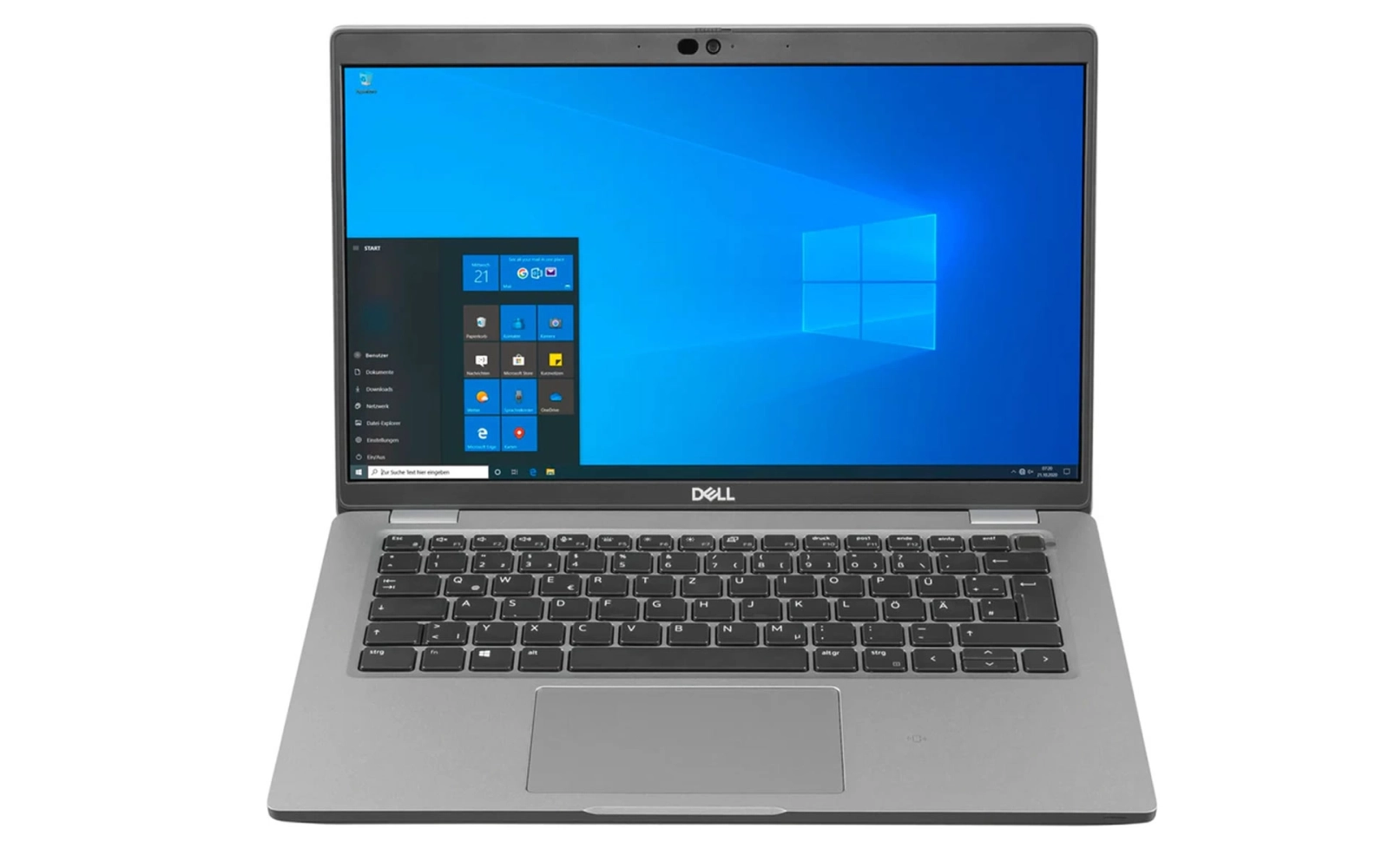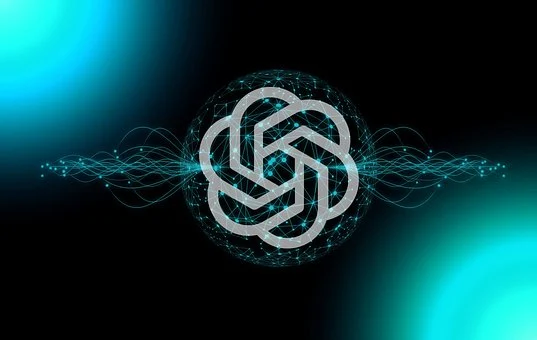Renewable Energy Technologies like Solar Panels and Wind Turbines

In the face of global environmental challenges, the demand for clean and sustainable energy sources has grown significantly.
Renewable energy technologies, such as solar panels and wind turbines, have emerged as promising solutions to meet our energy needs while reducing our carbon footprint. In this article, we will explore the importance, benefits, and future prospects of these renewable energy technologies.
Table of Contents
Introduction
The world is currently heavily reliant on fossil fuels for energy production, which contributes to greenhouse gas emissions and climate change. To combat these issues, the transition to renewable energy sources has become crucial. Among the various renewable energy technologies available, solar panels and wind turbines stand out as two of the most promising options.
1. Understanding Solar Panels
1.1 How Do Solar Panels Work?
Solar panels, also known as photovoltaic (PV) panels, harness sunlight and convert it into electricity through the photovoltaic effect. When sunlight strikes the solar cells within the panel, electrons are released, generating a flow of electricity.
1.2 Advantages of Solar Panels
- Clean and Green: Solar energy is clean and does not release harmful emissions into the atmosphere, making it an eco-friendly energy source.
- Reduced Electricity Bills: Solar panels can significantly reduce electricity bills, especially in areas with abundant sunlight.
- Low Maintenance: Once installed, solar panels require minimal maintenance, leading to cost savings over time.
1.3 Challenges and Solutions
- Intermittency: Solar energy generation depends on sunlight availability, leading to intermittency issues. Energy storage solutions, such as batteries, can address this challenge by storing excess energy for later use.
- High Initial Cost: The upfront cost of installing solar panels can be high. However, various government incentives and tax credits are available to offset the initial investment.
2. Embracing Wind Turbines
2.1 How Do Wind Turbines Work?
Wind turbines convert kinetic energy from the wind into mechanical power and then into electricity. As the wind flows through the turbine blades, they spin a shaft connected to a generator, producing electricity.
2.2 Advantages of Wind Turbines
- Renewable and Abundant: Wind is an inexhaustible resource, and harnessing wind energy reduces reliance on finite fossil fuels.
- Low Greenhouse Gas Emissions: Wind energy generation produces negligible greenhouse gas emissions, making it environmentally friendly.
- Scalability: Wind turbines come in various sizes, from small ones for residential use to large-scale installations for powering communities.
2.3 Challenges and Solutions
- Location Constraints: Wind turbines require specific wind conditions for optimal performance. Advanced wind forecasting technologies can aid in selecting suitable locations.
- Aesthetics and Noise Concerns: Addressing aesthetic and noise concerns around wind turbines involves community engagement and proper placement of the turbines.
3. The Future of Renewable Energy Technologies
The future of renewable energy technologies is promising, with solar panels and wind turbines at the forefront of this transformation. As technology continues to advance, we can expect:
- Increased efficiency of solar panels and wind turbines.
- Integration of energy storage systems for reliable power supply.
- Continued reduction in the costs of installation and maintenance.
Conclusion
Solar panels and wind turbines are leading the charge in the shift towards cleaner and more sustainable energy sources. Embracing renewable energy technologies not only helps combat climate change but also ensures a brighter and greener future for generations to come.
FAQs
Are solar panels suitable for all regions?
Solar panels can be installed in most regions, but their efficiency varies depending on the amount of sunlight received.
Do wind turbines harm wildlife?
Properly sited wind turbines have minimal impact on wildlife, and advancements in design aim to minimize any potential harm.
Can I sell excess energy generated by my solar panels?
Yes, many regions offer net metering programs that allow homeowners to sell surplus energy back to the grid.
How long do solar panels and wind turbines last?
Solar panels can last 25 to 30 years, while well-maintained wind turbines can have a lifespan of 20 to 25 years.
What are the economic benefits of investing in renewable energy?
Investing in renewable energy technologies can create jobs, reduce energy costs, and boost local economies.




